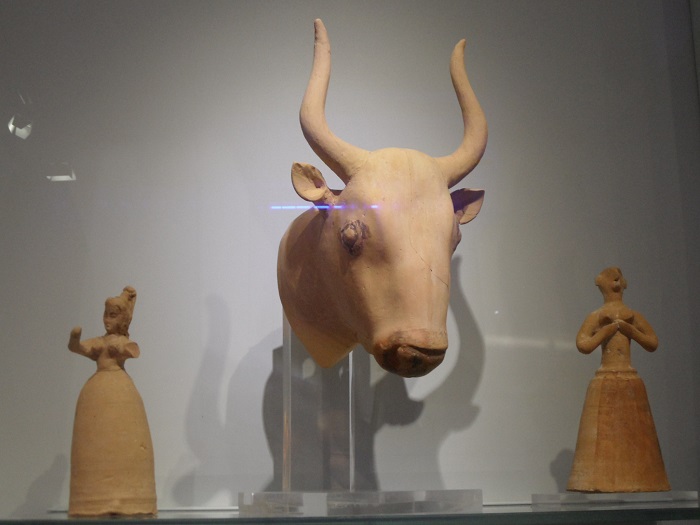
A last tour of the Iraklion Museum of Archaeology, with an eye on the artifacts of sacred symbols and shrines.
NOTE: Of course, Thor and I had to make another trip to Greece, as he’s fallen as much in love with the islands as I am. This time, in addition to other island-hopping, I wanted to return to Crete after 37 years. My first months-long trip was as a hippie backpacker, camping in the ruins and falling under the spell of the mysterious, vanished Minoan culture. This time, I got to introduce Thor to “glorious Kriti” and research more settings for my novel-in-progress, THE ARIADNE DISCONNECT. This new blog series started October 19, 2019, and continues every Saturday.
Last week’s blog post explored the evidence of Earth Goddess worship in the Minoan culture, and we’ll conclude our wandering through this mysterious past with artifacts of their sacred practices. Scholars seem to agree that their sense of the sacred was closely allied with reverence for nature, as evidenced in their art and in particular the plentiful figurines and other depictions of a Serpent Goddess/Earth Goddess and priestess figures. There were no grand temples, as in other cultures of the time and region, but instead many sanctuaries in natural caves or outdoor shrines atop high peaks. There also seem to be many small shrines probably used in homes, including the palace complexes such as Knossos.
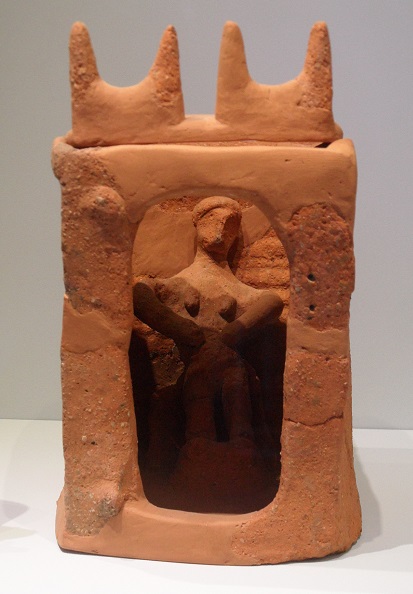
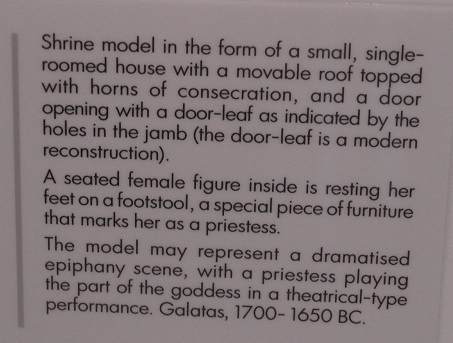
It also seems likely that the Minoans included among their worship an early vegetation god who, like the plants harvested, would die and be resurrected in the cycle of the seasons. Such reincarnating vegetation gods were common in the region at the time, including in Egypt and the Middle East. On Crete, many scholars suggest, this god was an early form of Dionysos, later accepted by the Greek mainland Olympian gods into their pantheon. I was delighted to read of this likelihood, as Dionysos is a particular favorite of mine and Thor’s. God of wine and ecstatic revelry, he inspired popular cults that were a democratizing force, as they welcomed everyone regardless of class or sex. And the story in Greek mythology that he married my muse Ariadne just seals the deal for me.
This rhyton, or sacred libation vessel, depicts what seems to be a typical outdoor shrine, accompanied by some of the native Kri-Kri that I was lucky enough to see on my early hikes in the Cretan mountains. (Goats are also common companions of Dionysos.)
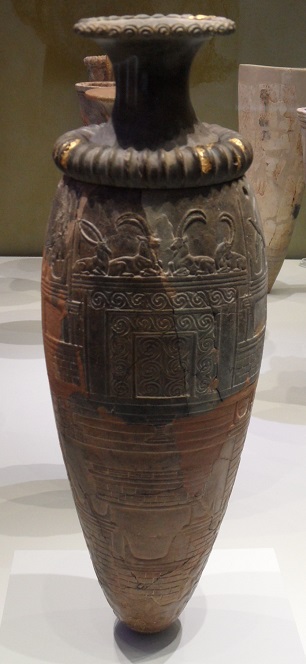

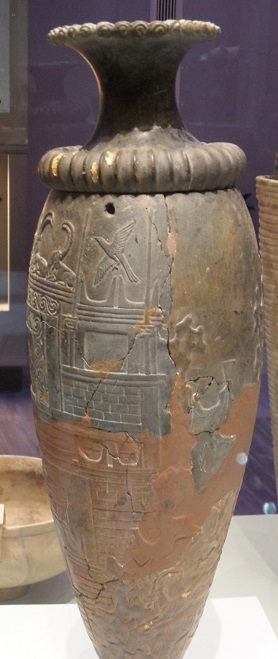
The most famous mountain sanctuary on Crete was on Mt. Juktas. Early sanctuaries in caves here date from around 2100 BC. Visible between the huge Horns of Consecration at Knossos (mountain in the background right in my photo), it was closely linked to the palace complex.
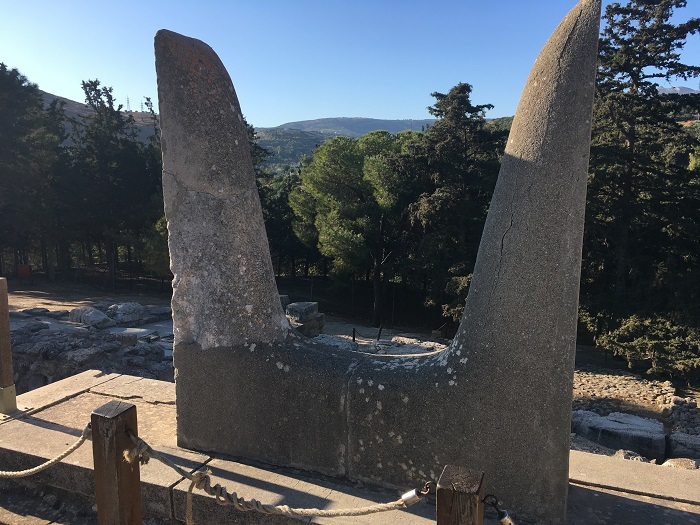

Bull’s horns were important symbols, as were sacred bulls themselves.
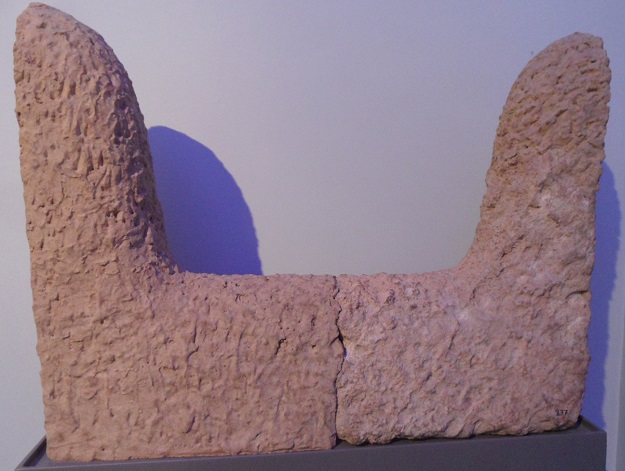

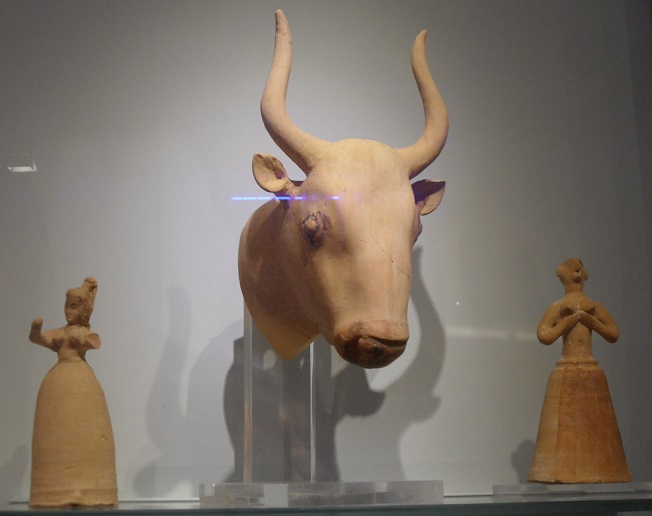

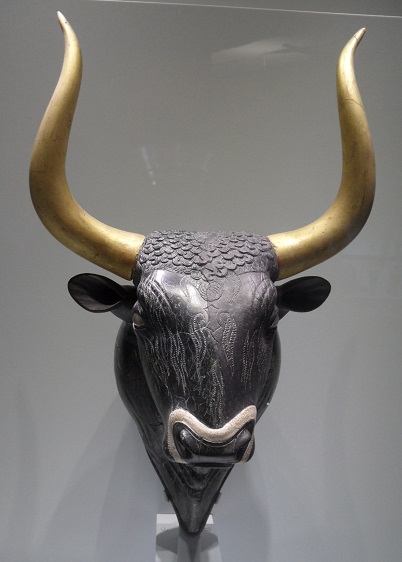
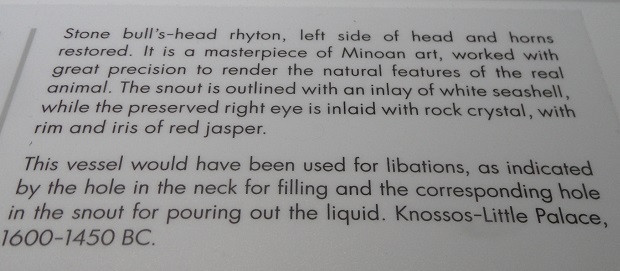
Some historians believe that the famous bull-leaping was part of the sacred rituals, drawing the community together to watch:
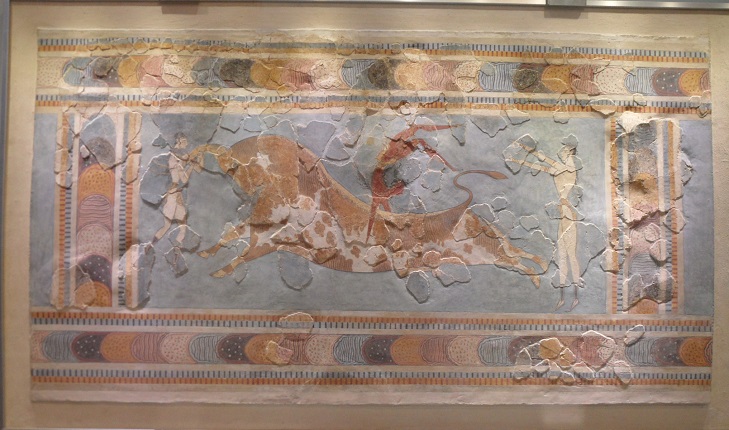
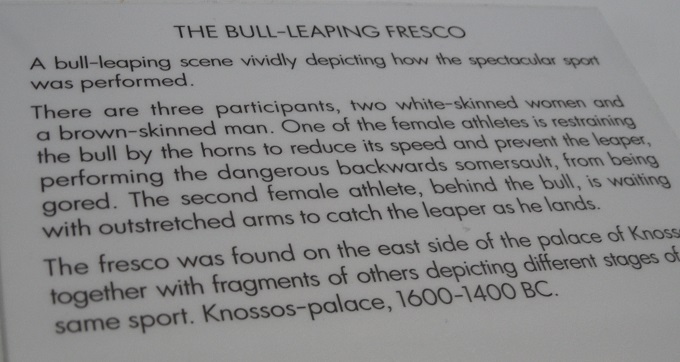
The double-axe, or labrys (with the same root as “labyrinth”), is thought to represent the Goddess:
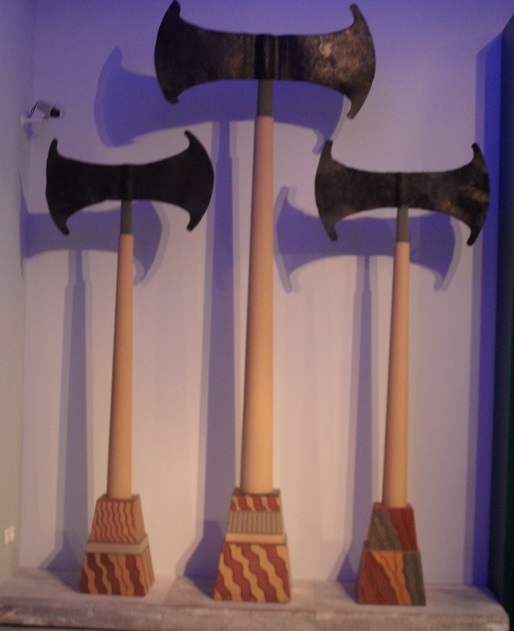
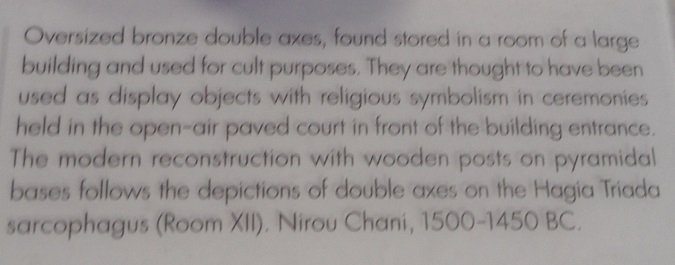
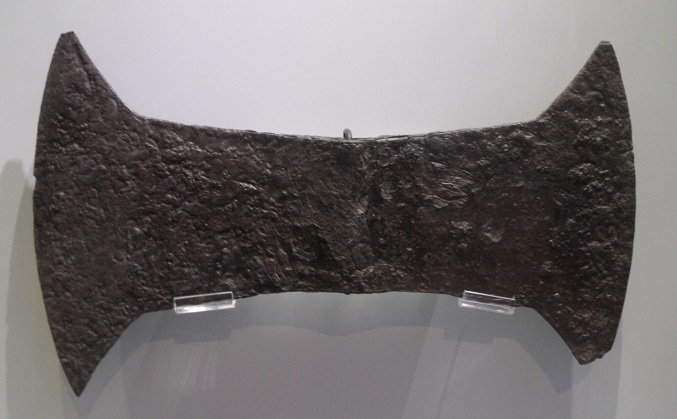

Sacrifices were offered at the shrines, where priestesses officiated. On this detail from a Minoan sarcophagus, a bull is sacrificed while a priestess (in white, at right) pours libations:
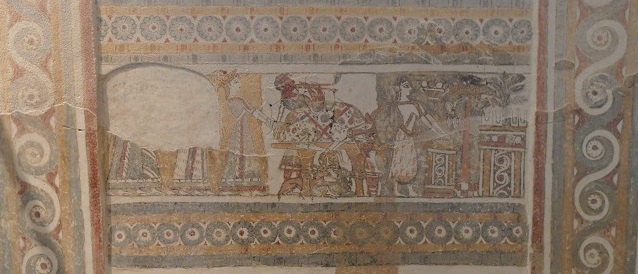
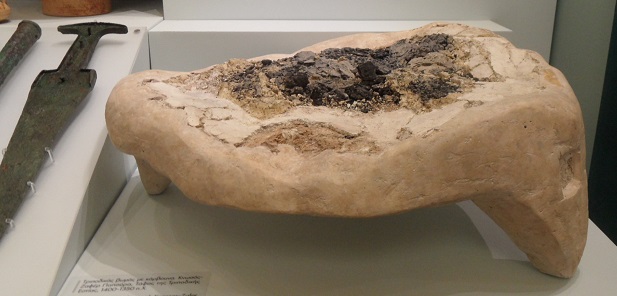

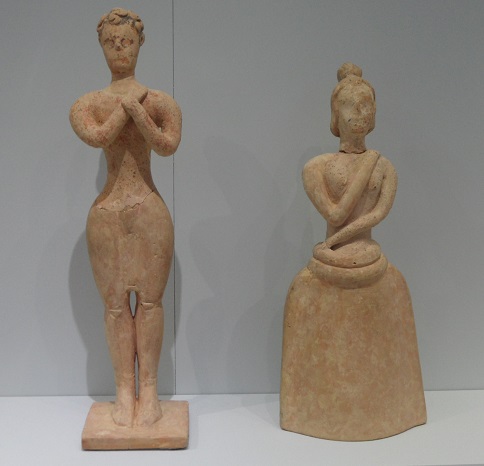

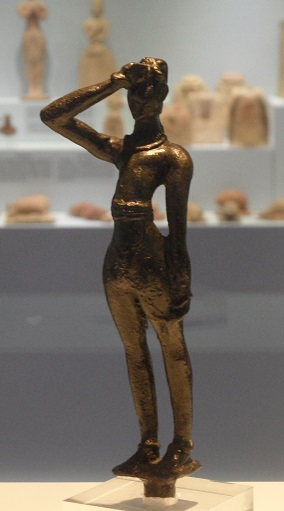

Harvest rituals might have been associated with the early Dionysos, the dying-and-reincarnated vegetation god:
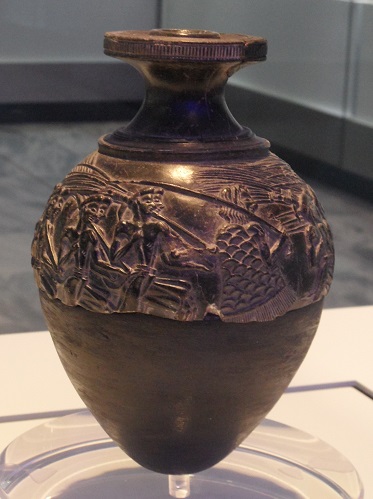
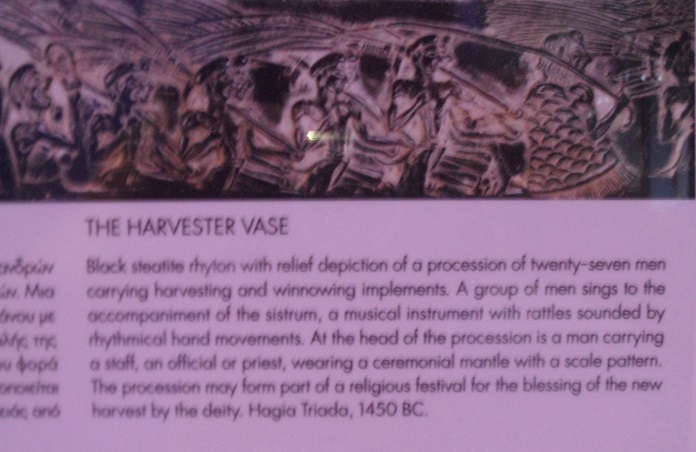
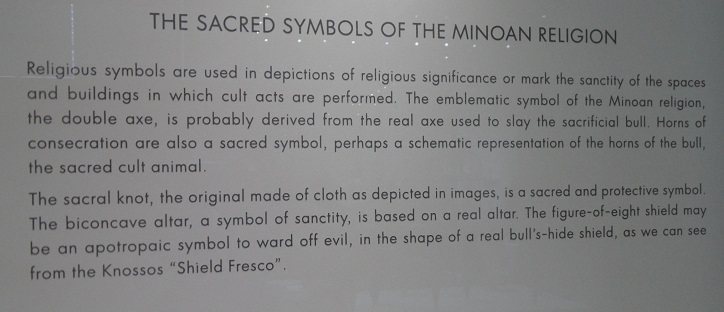
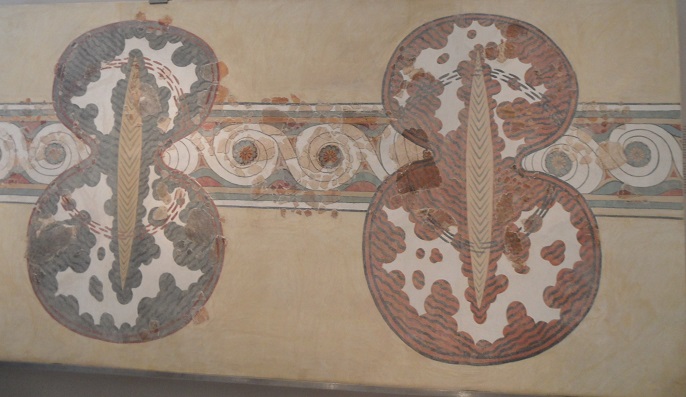

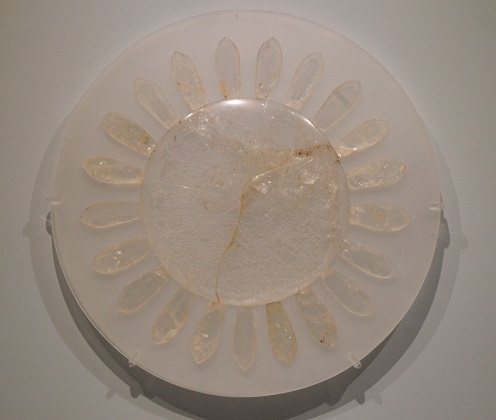
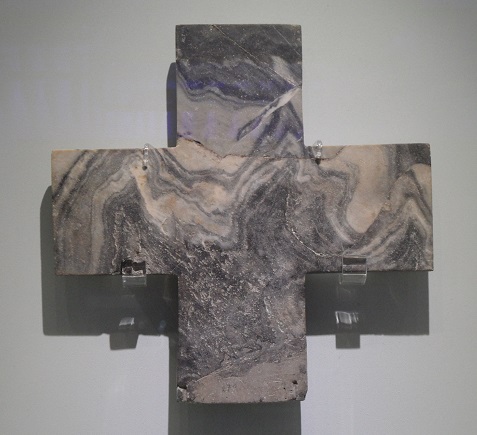

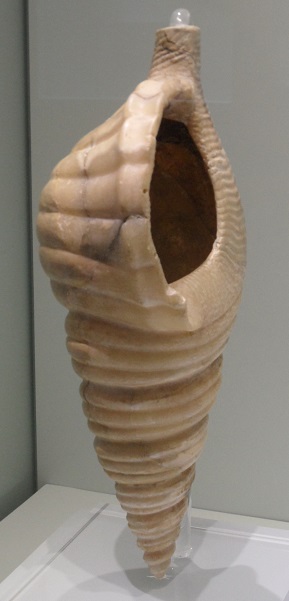
Pouring libations was obviously important. Here is yet another rhyton, an exquisitely-rendered head of a lioness:
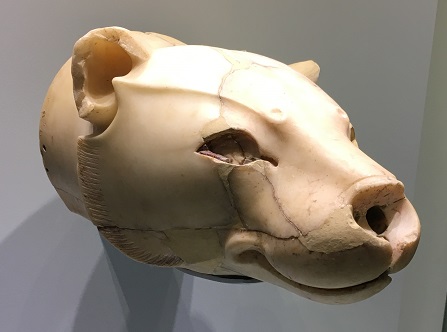
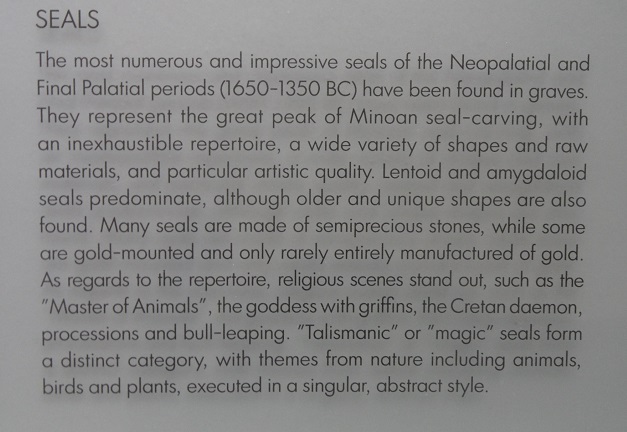
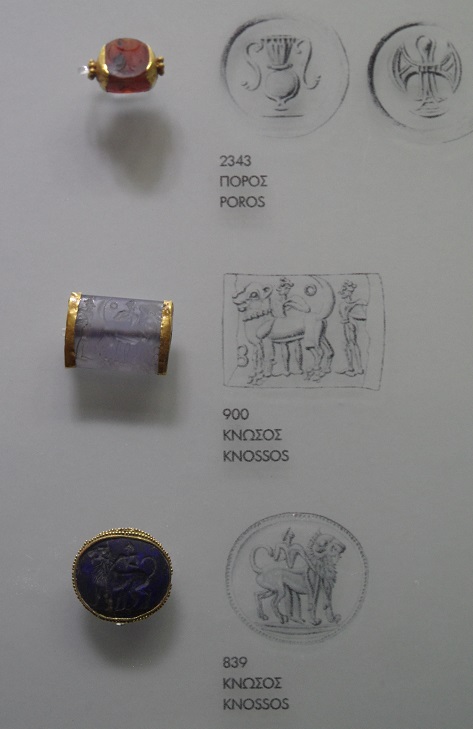
Finally, another look at the “Minos ring” and its important sacred imagery:
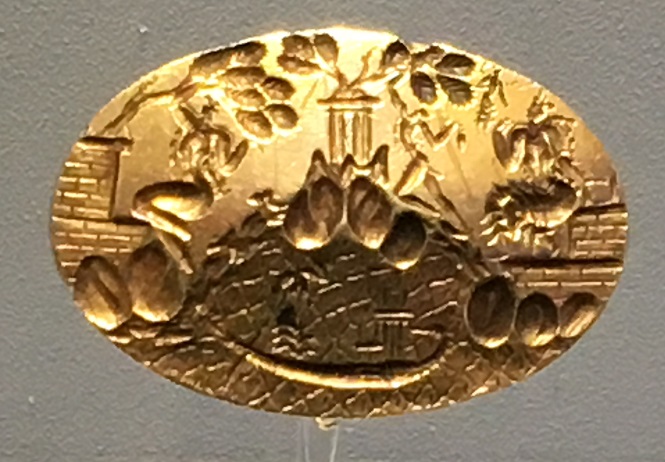
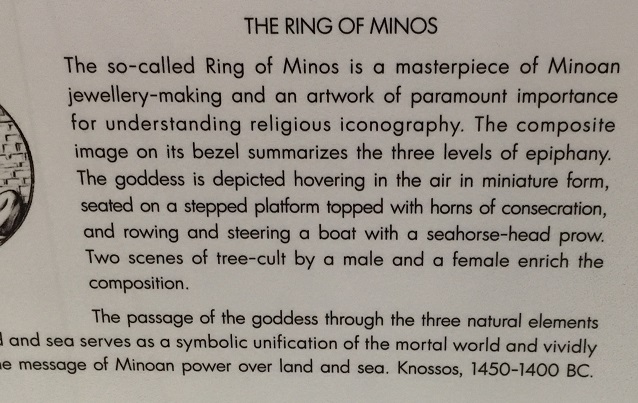
Still immersed in the mysteries of the vanished Minoans, I trace the labyrinth once more and reluctantly say, “Kali nichte” (good-night) to “glorious Kriti” — until next time. Somehow its magic, still alive in its modern street art, will draw me to return.
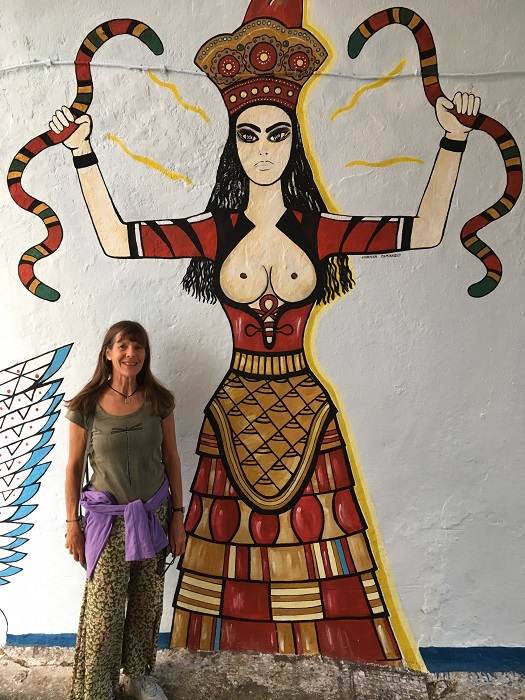
*****
Next week: Onward to the fabulous island of Rhodes!
*****
You will find The Rambling Writer’s blog posts here every Saturday. Sara’s latest novel from Book View Cafe is available in print and ebook: The Ariadne Connection. It’s a near-future thriller set in the Greek islands. “Technology triggers a deadly new plague. Can a healer find the cure?” The novel has received the Chanticleer Global Thriller Grand Prize and the Cygnus Award for Speculative Fiction. Sara has recently returned from another research trip in Greece and is back at work on the sequel, The Ariadne Disconnect. Sign up for her quarterly email newsletter at www.sarastamey.com

1 thought on “The Rambling Writer Returns to Crete, part 21: Sacred Symbols and Shrines”